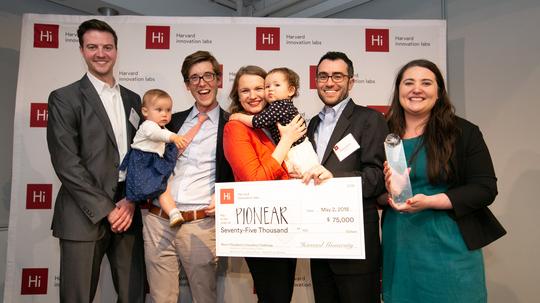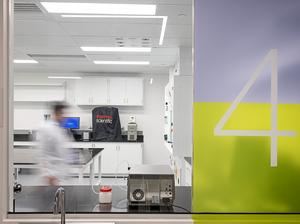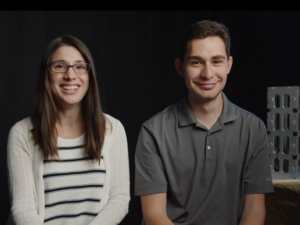
When you discover the potential flaws related to one of the most common medical procedures kids in the U.S. undergo, it’s hard to believe your ears.
But it’s true, say doctors, that inserting ear tubes – known as tympanostomy tubes – can invite problems for patients with infections and other conditions affecting the ears.
The tubes – some 700,000 of which are poked through patients’ ear drums annually – can collect gunk like tissue cell growth, fall loose too early, scar the ear drum, and are poor at delivering medication, said Dr. Aaron Remenschneider of Massachusetts Eye and Ear.
“Despite being such a common procedure, tympanostomy tubes currently have significant issues,” said Dr. Remenschneider over email. “As a result of these limitations, thousands of children worldwide need revision surgery under general anesthesia.”
That’s why the doctor and a small team of Harvard-affiliated researchers have formed a medical device startup called PionEar to create tubes that could reduce the risk of complications.
You could call their technology the Teflon of ear tubes.
PionEar’s founders say they have created a super slippery coating material and new design for tubes that will prevent cells from attaching and growing on them, make the devices slimmer for safer insertion into the ear, and allow for medications to flow more easily into the middle ear.
“I felt there is so much room for improvement and innovation in this field,” said Ida Pavlichenko, a postdoctoral fellow at Harvard University’s John A. Paulson School of Engineering and Applied Sciences and the Wyss Institute for Biologically Inspired Engineering.
Pavlichenko should know: As the parent of a toddler, she’s made many trips to the doctor for ear infections.
“I am actually one parent who’s had a lot difficulties with ear infections,” she said. “My daughter has had eight ear infections… and she has been a candidate for ear tubes.”
For the past year and a half the team – Pavlichenko, Dr. Remenschneider, Dr. Elliott Kozin of Mass Eye and Ear, and Nicole Black, also a doctoral student at the Harvard School of Engineering and the Wyss Institute – have been working to develop a better tube.
The idea started after Pavlichenko and Black invented a new coating material that they were originally investigating for use on stents, but they found it could have broader medical device use. Now, the team has designs for a new type of tympanostomy tube.
“Our newly developed tubes offer a significant potential to reduce the global burden of ear disease and offer durable, reliable and effective treatment,” said Dr. Remenschneider. “The technology is inexpensive, involves FDA-approved materials and can be readily distributed to surgeons.”
Since 2016, the team has been developing and researching the new device – a collaboration between Wyss Institute, the Harvard School of Engineering and Applied Sciences and Mass Eye and Ear. The team plans to begin animal studies at Mass Eye and Ear in the coming months, and by next year to submit evidence to the Food and Drug Administration showing that their device is as safe and effective as the currently available tubes.
In total the group has taken in about $325,000 in funding, which includes grants from Mass Eye and Ear and from winning $75,000 in a Harvard President’s Innovation Challenge contest earlier this month. PionEar is currently pitching to the nonprofit MassChallenge for additional startup support. The team plans to formally launch PionEar as a new company soon, and may explore venture capital investments later, said Pavlichenko.
The project will now be further developed at the Wyss Institute, whose “mission is to de-risk startups that spin out” of the institute, said a spokesperson for Wyss in an email via Pavlichenko. “These startups then commercialize and bring the technology to market.”
And Pavlichenko sees other opportunities for their technology after the tubes are developed.
“We ideally would like to open up doors to other problems of middle and inner ear, such as hearing loss,” she said.








